“Wheatfields with Crows” has been considered to be van Gogh’s last landscape paintingLandscape painting focuses on the depiction of natural scenery such as mountains, valleys, trees, rivers, and forests. It has been a significant genre in art history, evolving through various styles and periods. Landscape painting captures the beauty of the natural world and often reflects the cultural and philosophical views of the time. JMW Turner, Calais Pier, 1801 Historical Context Landscape More or among his last paintings before his suicide in July 1890. It has been interpreted in different ways. However, most art historians agree that the crows were used by van Gogh to symbolize death and rebirth, or resurrection. In one of his written records, van Gogh describes that he wanted his wheatfields under stormy skies to express “sadness, extreme loneliness”, but at the same time, he emphasized what he considered healthy and fortifying about the countryside.
Where is the picture “Wheatfields with Crows” today?
The original of van Gogh’s landscape paintingLandscape painting focuses on the depiction of natural scenery such as mountains, valleys, trees, rivers, and forests. It has been a significant genre in art history, evolving through various styles and periods. Landscape painting captures the beauty of the natural world and often reflects the cultural and philosophical views of the time. JMW Turner, Calais Pier, 1801 Historical Context Landscape More “Wheatfields with Crows” is held in the permanent collection of the Van Gogh Museum in Amsterdam, Netherlands.
What’s in it?
Van Gogh uses powerful colour combinations and turbulent brushworkMasterful brushwork is often the defining feature of great artists, where the brush becomes an extension of their arm, allowing paint to flow effortlessly onto the canvas. These artists demonstrate a profound understanding of their medium, knowing precisely when to apply thick, textured strokes or smooth, delicate ones. Their skill extends beyond mere color application; it's about the artistry of More depicting a path, that runs blindly into a wheat field, heightening a sense of isolation. The cloudy blue sky contrasts with the yellow-orange of the wheat, while the red-brown of the path is intensified by the green of the untrodden grass alongside the path. The sky and the yellow fields seem to pull away from each other. Across the menacing sky, a flock of black crows advances towards the foreground.
What’s the context?
Van Gogh Facts:
Van Gogh lived in Auvers in the summer of 1890. In early July, he traveled to Paris, to stay with his brother Theo. However, his brother was in poor health and had financial difficulties, which exacerbated van Gogh’s depressive mood, since he was aware of being a burden on his brother’s family. Upon his return to Auvers, he painted “Wheatfields with Crows”, noting: “Returning there, I set to work. The brush almost fell from my hands…I had no difficulty in expressing sadness and extreme solitude.”
Chatter and Prattle
- Van Gogh’s letters to his brother suggested that he was mentally unstable. He wrote at the beginning of July 1890: ‘my life, is attacked at the very root, my step also is faltering’. Furthermore, he was exhausted from working hard on his artwork and felt he couldn’t meet the standards he had set for himself, failing both as a man and as an artist.
- He shot himself in the very wheat fields, which he had painted time and again, wounding himself in the stomach. The wound led to his death on July 29, 1890.
- Today, van Gogh is one of the best-known artists in the world. The original paintingPainting is a fundamental form of visual art that has been practiced for thousands of years. It involves applying pigment to a surface such as canvas, paper, or a wall. Painting can be explored through various styles, techniques, and mediums, each offering unique possibilities for expression and creativity. Historical Background • Ancient Beginnings: The history of painting dates back to More “Wheatfields with Crows” was stolen from the Van Gogh Museum in Amsterdam along with 19 other paintings by van Gogh. The pictures could be recovered quickly but were severely damaged in the process of the heist.
Recommended Readings:
This article may contain compensated links. Please read Disclaimer for more info. As an Amazon Associate, I earn from qualifying purchases.
Ingo F. Walther et al. (2020): Van Gogh. The Complete Paintings
Vincent Van GoghVincent van Gogh (1853 – 1890) is one of the renowned Post-Impressionist artists, best known for his striking use of colour, emphatic brushwork, and contoured forms. As a son of a pastor, the Dutch artist war brought up in a religious and cultured atmosphere. After working unsuccessfully as a clerk at a bookstore, as a salesman, and as a preacher More (2020): The Letters of Vincent Van Gogh
Martin Gayford (2008): The Yellow House: Van Gogh, Gauguin, and Nine Turbulent Weeks in Provence
Steven Naifeh et al. (2012): Van Gogh: The Life (RANDOM HOUSE)
Steven Naifeh (2021): Van Gogh and the Artists He Loved

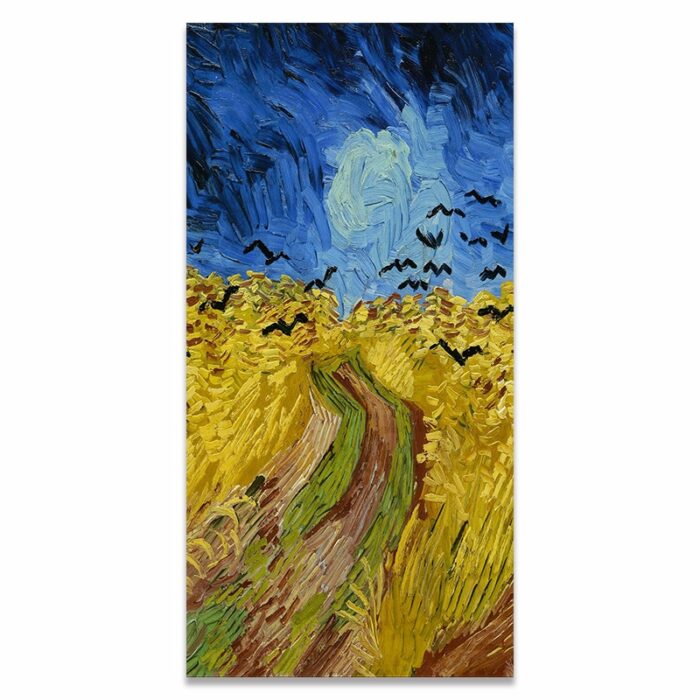
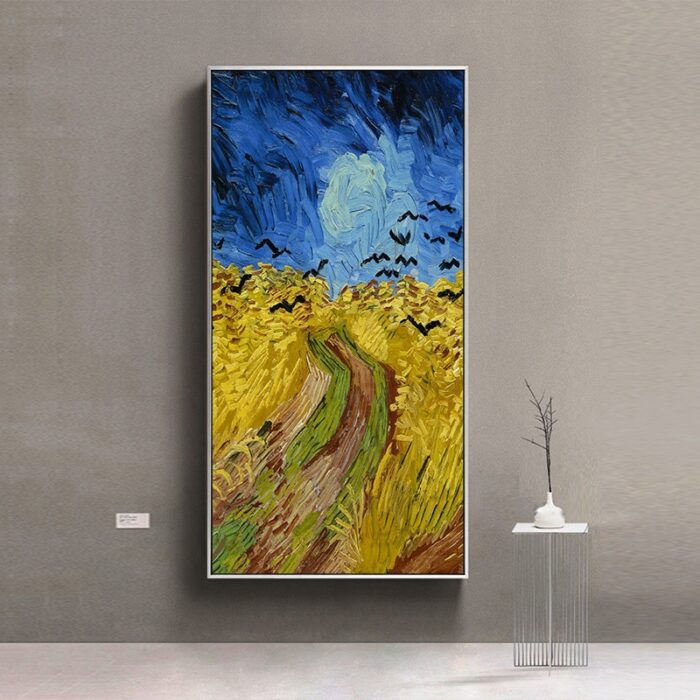
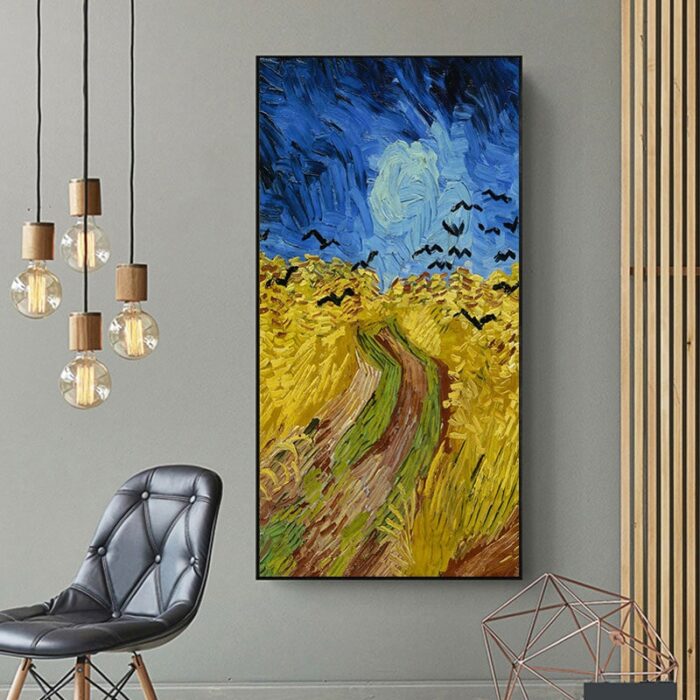
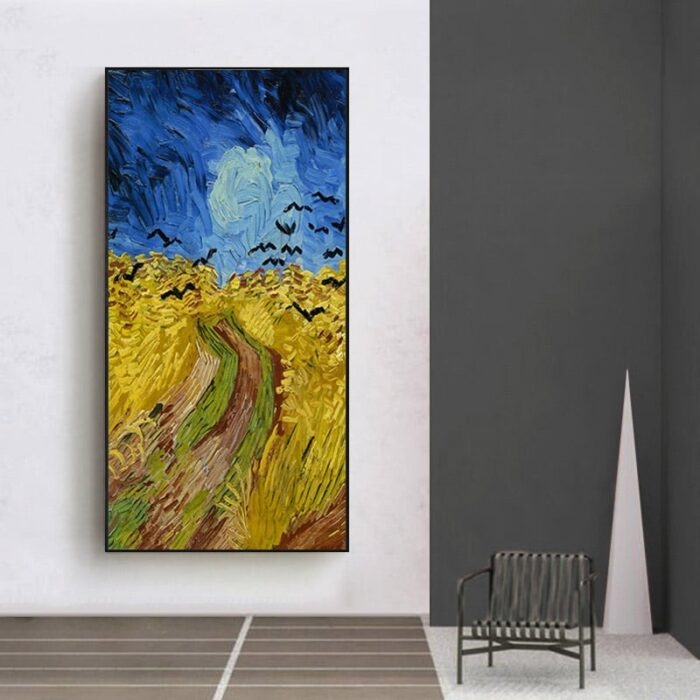
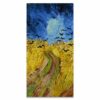
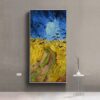
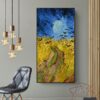


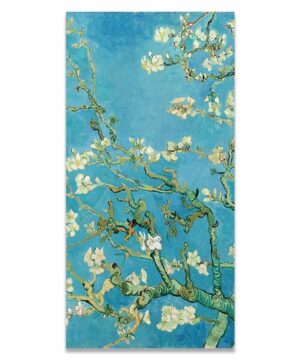
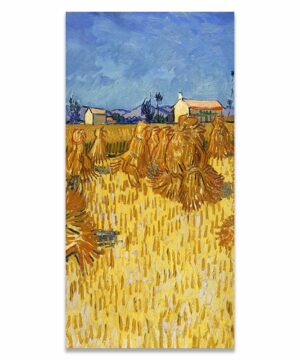
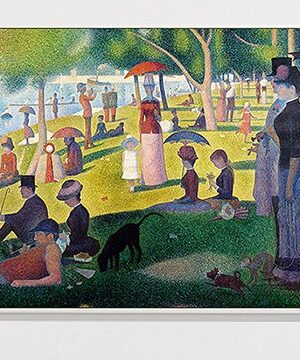
Reviews
There are no reviews yet.